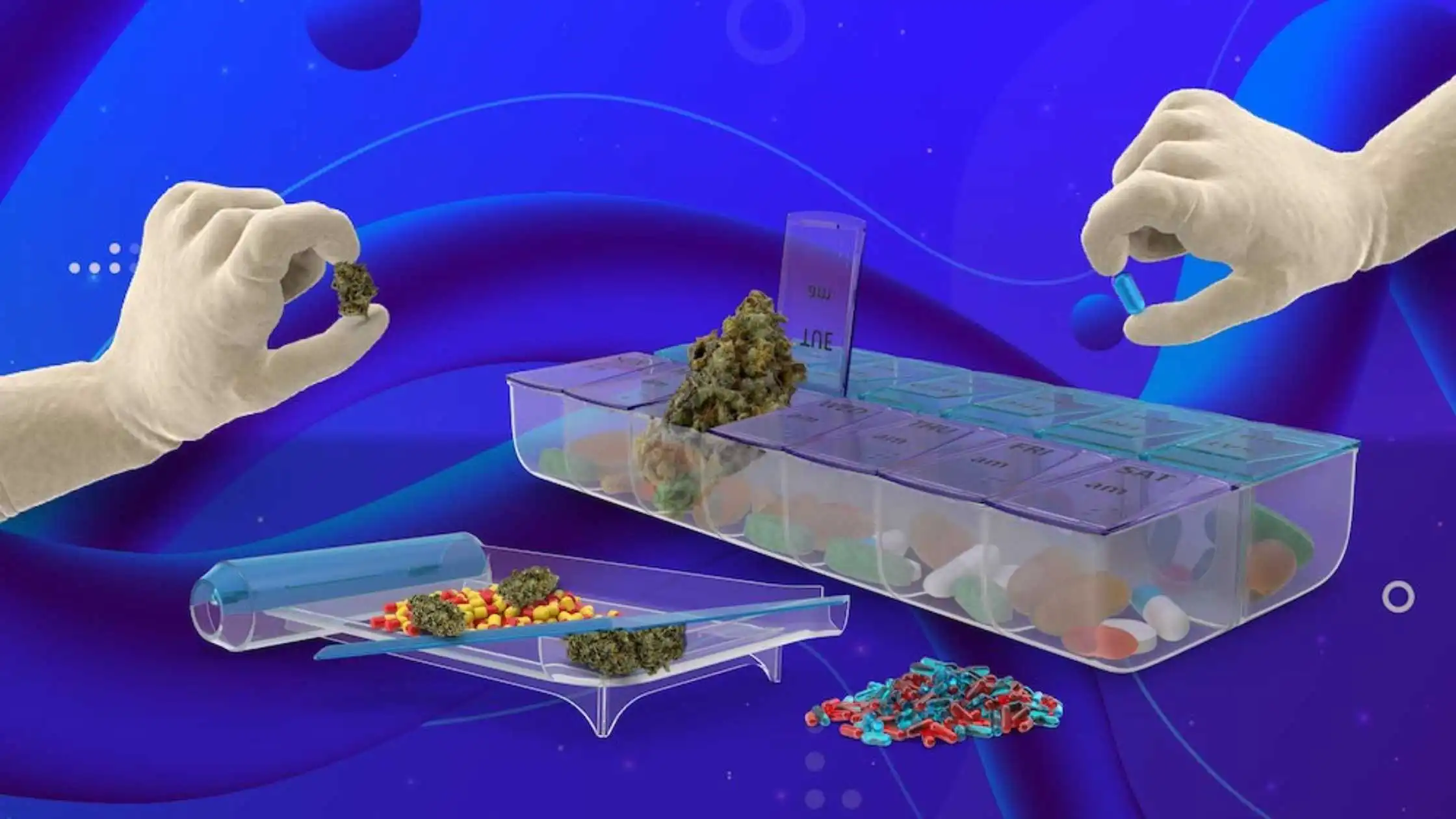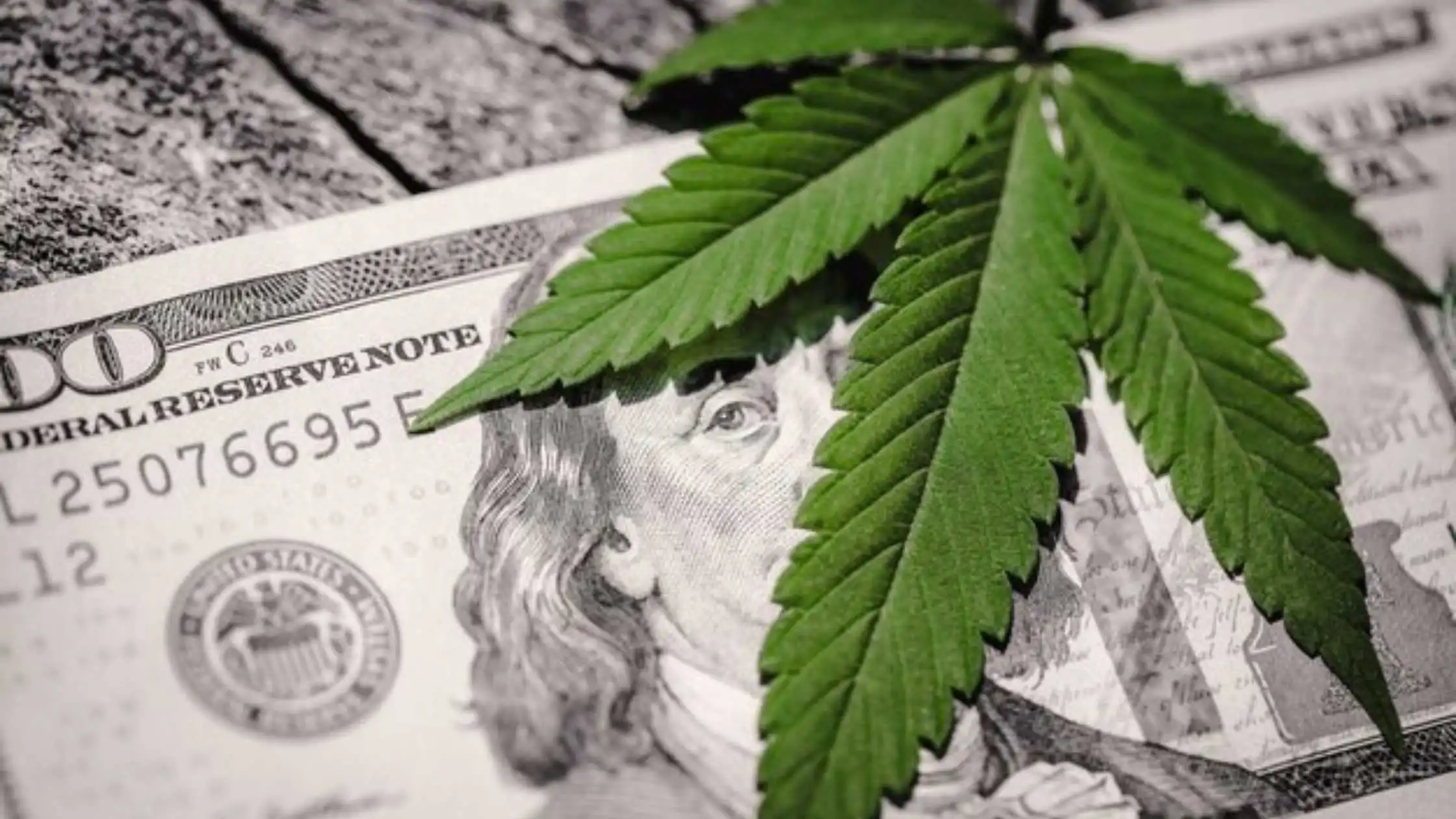The advent of medical marijuana legalization has been well-appreciated over the past decade. But since the early 1960s, researchers have been working around the clock to bring out the benefits of medical marijuana. Currently, some of the discoveries made over the years have made a huge impact in the quest to understand medical cannabis and its importance to general human health.
All animals, including humans, have an internal network system consisting of lipids, enzymes, and receptors that help maintain an internal bodily balance, aka homeostasis. This includes how each person responds to cannabis.
That complex internal system is called the endocannabinoid system (ECS), which was discovered in the late 1980s by medical experts exploring THC – the chemical compound in marijuana that causes a ‘high.’
Lots of studies have been going on to try and understand how the ECS interacts and responds to cannabinoids and other cannabis compounds. What is known is that the ECS helps regulate several physiological processes like sleep, appetite, fertility/reproduction, mood, and memory.
But what is there to know about how medical marijuana affects or influences the endocannabinoid system? Well, this read breaks down everything you need to know about the ECS and how cannabis components interact with it.
Understanding the ECS and How it Works
In addition to the physiological processes mentioned, the ECS is responsible for and plays a major role in immune system regulation, sensory integration, neural development, and several cardiovascular processes. The ECS is an endogenous system that consists of components that interact with the delta-9-THC variant, a major component of the cannabis plant.
There are three major components of the Endocannabinoid System;
- Endocannabinoids
- Regulatory enzymes
- Receptors.
Understanding how the three ECS components work will help us grasp their role when interacting with medical cannabis. Let’s dissect each one in brief.
Endocannabinoids
Endocannabinoids are also commonly referred to as endogenous cannabinoids. Just as the name Endo has it, they are cannabinoid compounds produced by our bodies. They are the same as the cannabinoids from marijuana, only that these originate from our bodies. According to research, there are two types of endocannabinoids;
- Anandamide AEA (scientifically termed as N-arachidonoylethanolamine)
- 2-AG or 2-arachidonoylglycerol
The two endocannabinoids play a major role in maintaining bodily homeostasis, and they are produced and synthesized on demand.
Regulatory enzymes
The ECS also has enzymes whose main function is to digest and break down endocannabinoids after they have finished their role. They also metabolize consumed cannabinoids in case a person consumes cannabis. The two main enzymes include fatty acid amide hydrolase (FAAH) and monoacylglycerol lipase (MAGL). FAAL is responsible for synthesizing anandamide and THC, while MAGL breaks down 2-AG.
These inhibit the accumulation of harmful endocannabinoids and phytocannabinoids in the body. Phytocannabinoids are cannabis-specific chemical compounds found in the cannabis plant that interact with ECS receptors. THC and Cannabidiol (CBD) are good examples of these phytocannabinoids. High doses of these cannabinoids can be dangerous, and that’s where the ECS enzymes come in to help maintain the perfect balance.
Endocannabinoid receptors
Every human cell has cannabinoid receptors that form the central nervous system (CNS) and the peripheral nervous system (PNS) framework. Endocannabinoids bind on these receptors and send signals to the ECS when action needs to be taken. There’s a wide range of receptors all over the CNS and the PNS, like the CB1 and CB2 receptors, Opioid receptors, GPR55 receptors, serotonin receptors, and dopamine receptors. But we’ll focus on the CB1 and CB2 receptors.
CB1s (Cannabinoid Receptor 1) are found in the central nervous system. Cannabinoids interact with the brain through CB1 receptors. THC and other psychoactive “high” molecules attach to CB1 receptors in the brain. The cannabinoids that bind to CB1 receptors can slow down the release of Glutamate or GABA (gamma-aminobutyric acid). While glutamate stimulates the neurological system, GABA calms it down.
GABA levels are usually low when glutamate levels are high, and vice versa. When receptors detect the presence of THC, they block the production of GABA. Inhibiting GABA production could increase dopamine levels circulating the body, which then causes the psychoactive ‘high’ effect.
CB2 receptors, on the other hand, are found in the peripheral nervous system, the gastrointestinal system, and part of the neurons in the brain. CB2 receptors have been linked to immunological suppression, apoptosis (cell death), and the activation of cell migration and development, according to research. People with malignant tumours and precancerous cells may benefit from these results.
CB2 receptor agonists also have anti-inflammatory characteristics that are useful in treating pain and inflammation. Research has also shown that CB2 receptors could majorly treat autoimmune illnesses, including arthritis.
THC and the endocannabinoid system
As we mentioned earlier, THC is the chemical compound in cannabis responsible for most of the psychoactive effects associated with marijuana.
THC, like endocannabinoids, interacts with your ECS by attaching to receptors once within your body. Its potency stems from the fact that it binds to both CB1 and CB2 receptors. This enables it to have various physiological and psychological effects, some of which are more favourable than others.
THC, for example, can help with pain relief and appetite stimulation. However, in certain situations, it might lead to paranoia and worry. There’s ongoing medical research on whether scientists can produce synthetic THC cannabinoids that positively affect the ECS.
Companies like JuicyFields are working on promoting the medical benefits of THC (wrongly associated with exclusive recreational use) by creating a crowd-growing platform to boost the production of medical cannabis with high THC content.
CBD and the endocannabinoid system
Cannabidiol (CBD) is the second major cannabinoid found in the Cannabis plant, which doesn’t cause a ‘high’ like THC. Medical results have shown that CBD has zero to minimum negative effects on users.
Though it’s not yet completely certain how CBD interacts with the ECS, the available study results so far have shown that it doesn’t bind to CB1 and CB2 in the same way that THC does. CBD, according to most experts, inhibits the breakdown of endocannabinoids. As a result, they can have a greater impact on your body. Others think CBD binds to an unidentified receptor.
While the exact mechanism of CBD’s action remains unknown, research suggests that it can assist with pain relief, inflammation, nausea, and other symptoms linked with various illnesses.
Take away
The ECS is critical to maintaining the stability of your internal functions. We still don’t know much about it, though.
There’s yet to be a comprehensive study and tangible results on how medical cannabinoids like CBD impact the ECS and how helpful that would be when prescribing medical marijuana.
As scientists get a greater knowledge of the ECS, it may one day hold the key to curing a host of conditions.
Disclaimer: https://cannabishealthnews.co.uk/2022/03/25/how-medical-cannabis-interacts-with-the-endocannabinoid-system-juicyfields





